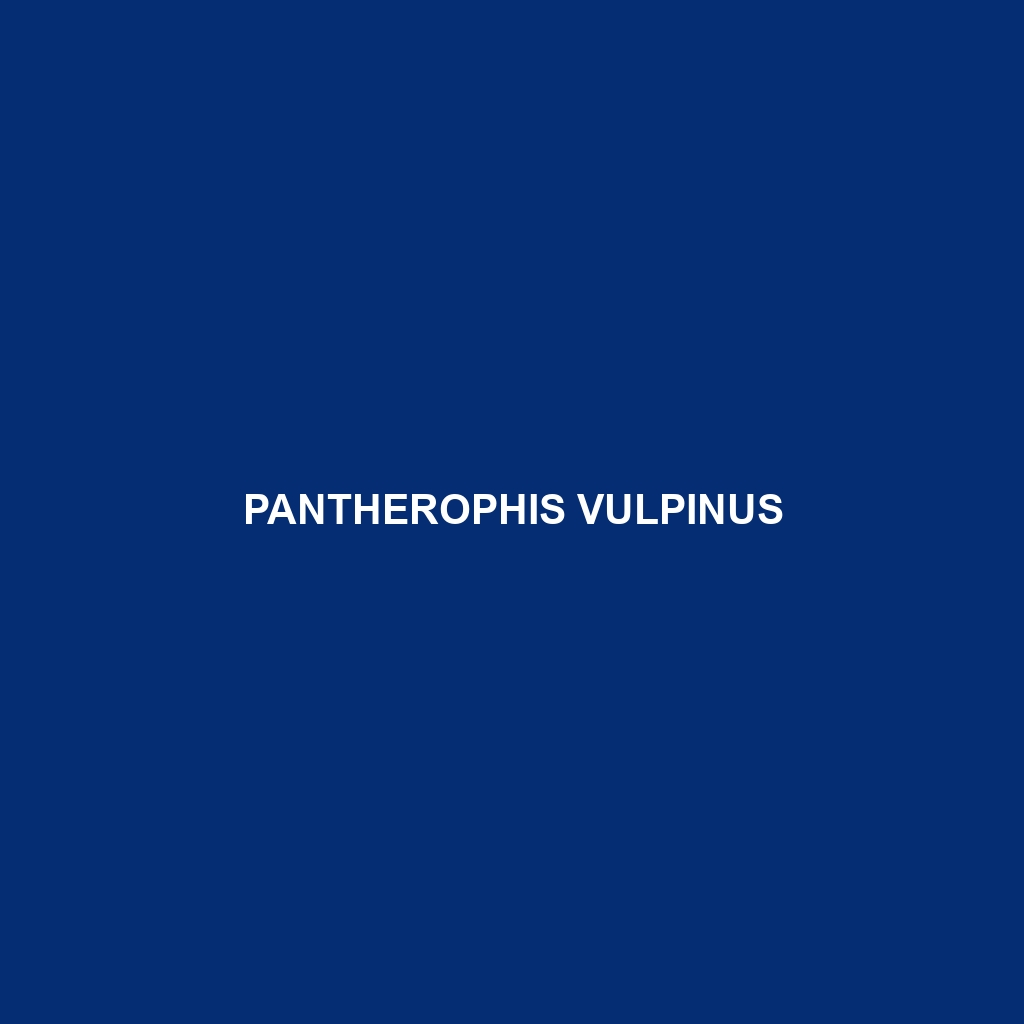<p><b>Phymaturus videlai</b>, a vulnerable lizard species native to the arid Patagonian steppe of Argentina, features a robust body measuring 15 to 20 cm. It primarily feeds on insects and plays a crucial ecological role by regulating insect populations while adapting to harsh climates through unique thermoregulation behaviors.</p>
Tag: wildlife ecology
Phyllorhynchus browni
<p>The <b>Phyllorhynchus browni</b>, or Brown's Leaf-nosed Snake, is a nocturnal predator found in the arid deserts of North America, featuring a distinctive textured appearance and a diet mainly consisting of small rodents and lizards. This species exhibits remarkable adaptability to harsh climates, utilizing ambush tactics for hunting and giving birth to live young, contributing to the ecological balance within its habitat.</p>
Phrynosoma hernandesi
Discover the Greater Short-horned Lizard (<i>Phrynosoma hernandesi</i>), an intriguing reptile known for its unique flattened body, distinct blunt horns, and remarkable camouflage abilities. Inhabiting temperate forests and grasslands across the western United States and parts of Canada and Mexico, this insectivorous lizard plays a vital role in its ecosystem by controlling insect populations while serving as prey for larger predators.
Phelsuma ornata
<p><b>Phelsuma ornata</b>, also known as the ornate day gecko, is a vibrant green gecko with blue to turquoise spots, native to Madagascar's rainforests. Primarily diurnal, they are omnivorous, consuming insects, nectar, and fruit, while playing a vital role in their ecosystem by controlling insect populations and aiding in pollination.</p>
Pelodiscus maackii
<b>Pelodiscus maackii</b>, also known as the Amur Softshell Turtle, is a vulnerable species native to East Asia, thriving in freshwater habitats with a soft, flexible carapace that can reach up to 50 cm. This nocturnal, omnivorous turtle plays a crucial role in its ecosystem, contributing to biodiversity and nutrient recycling in aquatic environments.
Pantherophis vulpinus
Discover the eastern fox snake, or <b>Pantherophis vulpinus</b>, a robust, diurnal snake found in the temperate forests and wetlands of North America, known for its distinctive yellowish or brown coloration with dark blotches. This adaptable predator plays a vital role in its ecosystem by regulating rodent populations while showcasing unique behaviors, including mimicry to deter threats.
Paniegekko madjo
<p><b>Paniegekko madjo</b> is a medium-sized gecko, measuring 15 to 25 cm, known for its vibrant coloration and remarkable adaptability in the tropical rainforests of Southeast Asia. This nocturnal insectivore plays a critical role in regulating insect populations and is currently classified as vulnerable due to habitat loss.</p>
Oligosoma whitakeri
Oligosoma whitakeri, commonly known as Whitaker's skink, is a slender insectivorous skink native to New Zealand's temperate forests and coastal areas, featuring brown to gray dorsal coloration and reaching lengths of up to 20 cm. This vulnerable species plays a crucial role in its ecosystem by controlling insect populations and serving as prey for larger animals.
Oligosoma chloronoton
Discover the captivating Oligosoma chloronoton, or green skink, native to New Zealand's temperate forests and shrublands. This vibrant, diurnal lizard, reaching up to 15 cm in length, plays a crucial role in pest control while displaying remarkable adaptations, such as tail regeneration and communal basking behaviors.
Nucras scalaris
<b>Nucras scalaris</b>, or the striped skink, is a captivating insectivorous lizard found in southern Africa's temperate forests, savannas, and shrublands. Known for its slender body, vibrant coloration with dark stripes, and rapid burrowing ability, this diurnal species plays a vital role in ecosystem balance through its predation of insects and serves as prey for larger animals.









